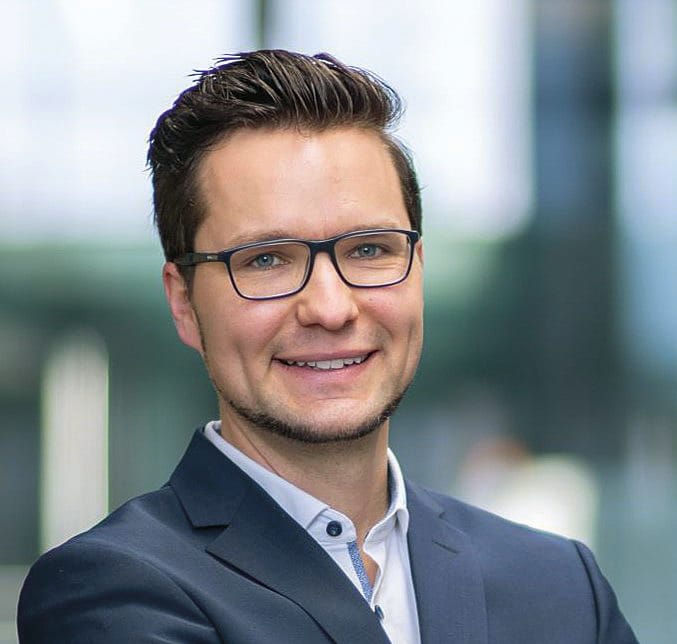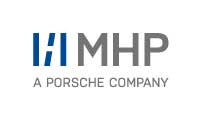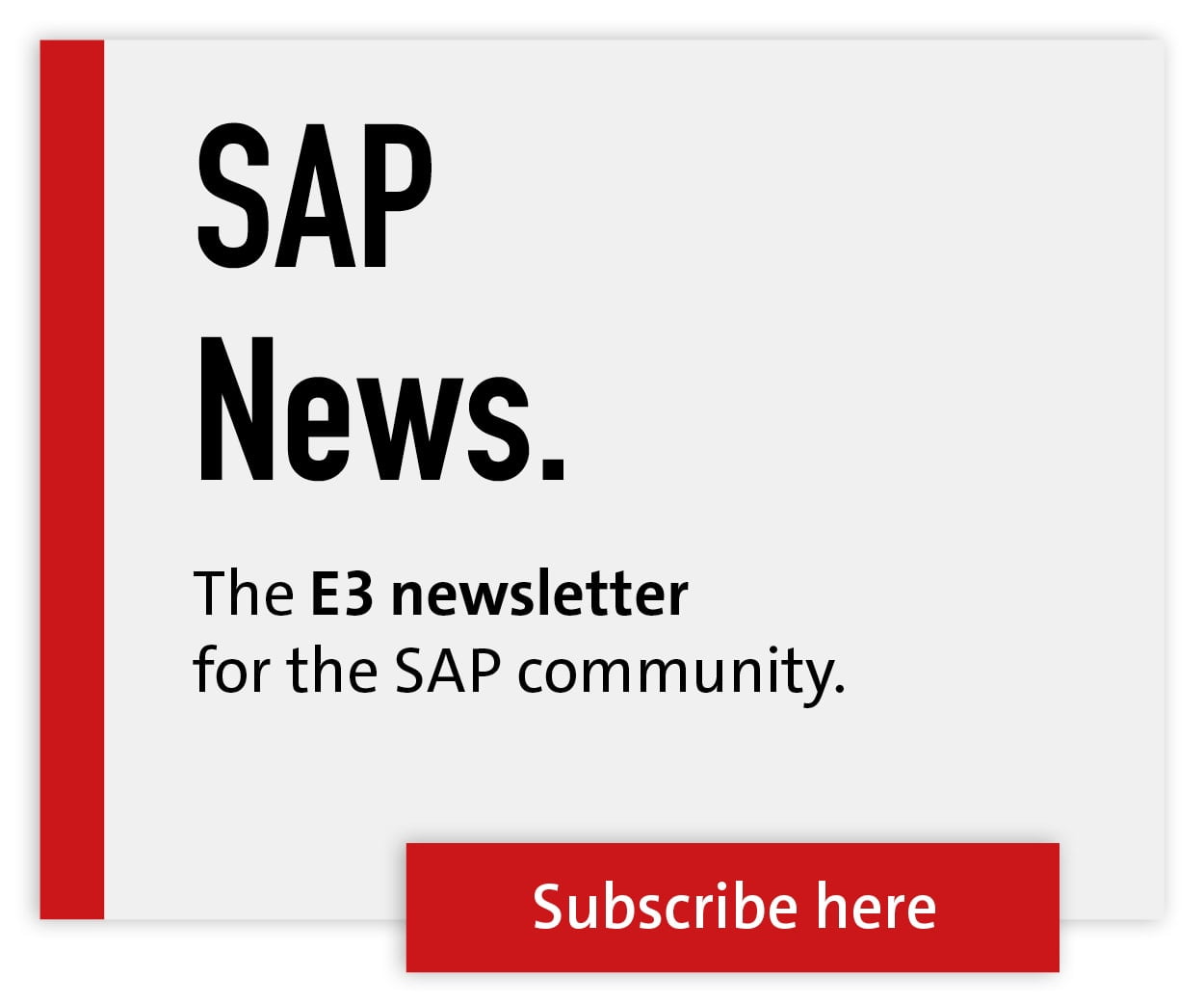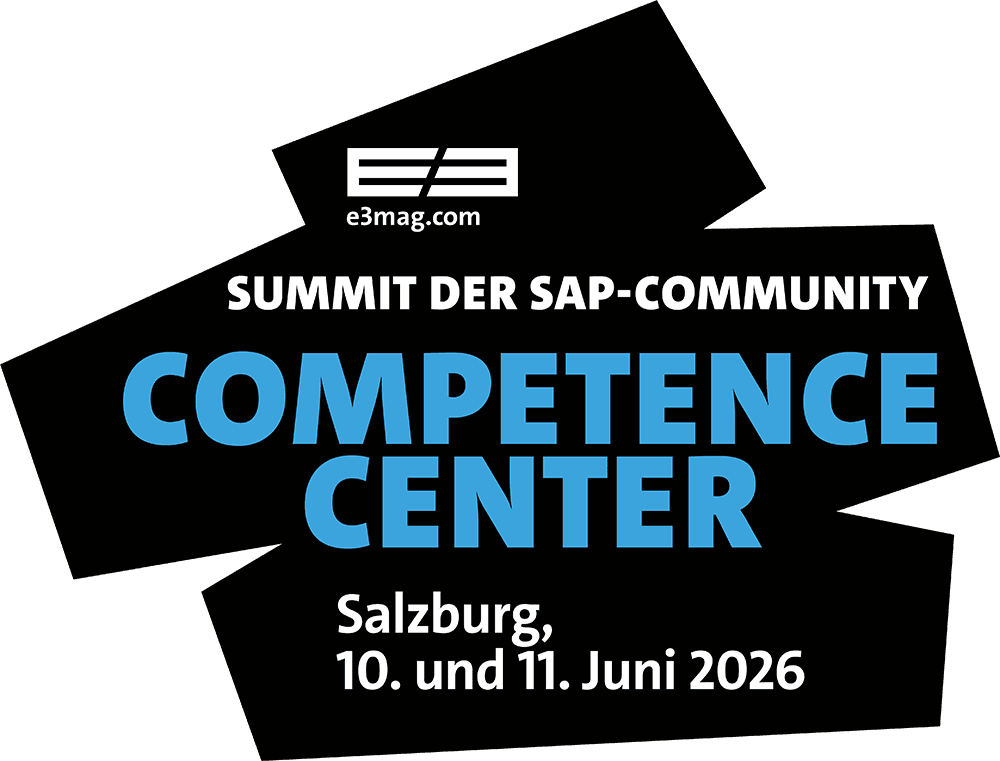Towards the Future With LeanIX


Michael Rebstock, Lead Enterprise Architect at Trumpf, explains: "An active architecture and technology portfolio is essential as part of our IT strategy, which aims to build global IT structures and become more service-oriented. LeanIX enables us to make data-driven decisions and achieve our strategic goals efficiently."
As part of its digital strategy and digital transformation, the company decided to fundamentally rethink and adapt its existing IT landscape in order to successfully make the transition from a traditional mechanical engineering company to a provider of digital products and services. New approaches and structures in IT were required for this orientation. The aim was to establish a company-wide Enterprise Architecture Management (EAM) that would create a link between enterprise IT, product IT and specialist departments in order to continuously support strategic decision-making and derive measures. The mechanical engineering company chose SAP LeanIX, a software-as-a-service solution with a focus on enterprise architecture management, as the basis for this.
LeanIX for clear IT structures
LeanIX enables Trumpf to visualize, evaluate, and control the transition to its target IT architecture. This gives the company greater transparency with regard to its existing IT structures and allows it to plan and administer the future system landscape in a targeted and data-based manner.
Michael Rebstock comments: "For us, the various features of SAP LeanIX—such as the ability to visualize existing solutions in the IT landscape, search for existing redundancies or transparently display responsibilities—made a decisive contribution to demonstrating the added value of the architecture work by highlighting considerable cost-saving potential."

"LeanIX enables us to make data-driven decisions and achieve our strategic goals efficiently."
Michael Rebstock,
Lead Enterprise Architect,
Trumpf
In detail, the mechanical engineering specialist is paying off with the introduction of SAP LeanIX, above all with a complementary objective. The objective being establishing a new, cross-divisional collaboration model in order to align future IT investments with current requirements in a more focused manner, and thus contribute directly to digital ambitions. In addition, a future-proof, digital reference architecture was to be established that would serve as the basis for a homogeneous system landscape and prevent isolated solutions. Trumpf wanted to create uniform structures across all locations and at the same time better align IT-based processes with its operational corporate goals (appropriate profitability, high growth, efficient use of capital). This required a suitable project partner.
This was finally found in the management and IT consultancy MHP, which was able to prevail against various competitors in a comprehensive selection process. Steffen Schminke, EAM consultant at MHP, recalls: "We were particularly convincing with our extensive experience in comparable projects and our ability to provide consulting support for both strategic design and operational implementation."
Together with MHP, Trumpf formed a project team and began with the conceptual fine-tuning and subsequent implementation. In addition to the actual introduction of SAP LeanIX and its connection to the existing system landscape, two aspects of the overall project played a particularly important role:
- Establishing a digital reference architecture. A core element of the project was the newly created digital reference architecture. To this end, the project team first inventoried the existing system landscape with SAP LeanIX, thereby uncovering existing redundancies and isolated solutions. To build the reference architecture, the team gained an overview of the existing and differentiating value streams and defined core solutions. In addition, it established architecture principles through various company-wide communication measures as a central control instrument and with global validity for all future IT and digitalization projects with an architecture focus. The architecture principles serve as the basis for all future investment decisions, as they provide a certain coordinated framework. In this way, Trumpf ensures an easier-to-manage and cost-efficient IT landscape in the long term.
- Establishment of a cross-divisional collaboration model. The accompanying Enterprise Architecture Management (EAM) method, which was introduced in line with the Open Group Architecture Framework (TOGAF), provides further security in this regard. This framework provides the basis for implementing targeted transformation projects.
Steffen Schminke: "MHP's approach is to build on existing references and frameworks, and to adapt and align these to the customer's requirements. We also adapted the framework for Trumpf in a targeted manner."
In addition to the establishment of various committees and EAM governance, the architecture strategy was also derived and coordinated based on the corporate strategy. The aim was also to position the architecture in all relevant stakeholder groups (specialist department, IT, purchasing, demand management, project, and process management) and to demonstrate and establish the added value of joint collaboration. For Trumpf, the introduction of SAP LeanIX and the "Enterprise Architecture Management" capability provided two key added values: firstly, the company will be able to make strategic decisions based on information and data in the future. Secondly, requirements can be systematically transferred to the IT landscape/architecture. SAP LeanIX also provides the necessary transparency and flexibility.
How change management succeeds
In addition to the technical and organizational tasks, getting employees on board is a particular challenge for many larger projects. The project team therefore attached great importance to open communication, transparency, and feedback opportunities for employees right from the start. This was also made possible by the strong mandate that Trumpf gave the project team. "As a staff unit, we were directly attached to the CIO, which meant that decisions were made much more quickly, which benefited the project," explains Steffen Schminke.
For example, the team used the freedom granted by the mechanical engineering specialist to establish a sense of community among the IT employees concerned—through needs-oriented training, but above all through joint events. Michael Rebstock continues: "This even culminated in the two-day major event 'Enterprise Architecture TownHall', in which all those involved spoke openly about upcoming challenges, jointly developed solution proposals with a focus on the architecture and were able to network more closely with each other."
Thanks to the excellent project work, the project team was able to establish a more modern, easily scalable, and highly flexible enterprise architecture capability for Trumpf. The digital reference model now serves as a guideline globally and across several business units (machine tools, laser technology and EUV), which is intended to prevent redundancies and non-transparent IT. Based on the new management method (EAM), the company can now systematically plan future changes and their impact on business processes and IT. The successes can already be seen in the figures: The project has enabled Trumpf to find one million euros in annual savings potential by identifying duplicate solutions, achieve 100 percent architecture coverage of IT projects with architecture relevance and identify and document over 1700 applications worldwide in LeanIX.
Thomas Speck, CIO at Trumpf, is equally satisfied: "By identifying redundant solutions in our global application landscape, we create transparency and realize unused cost efficiencies. MHP supports us with proactive consulting that allows us as IT to think strategically ahead."
The successful introduction of cross-divisional architecture work at Trumpf and the digital reference architecture created a basis for Trumpf's digital value creation, digital business models, and digital products and services. With the help of these measures, it was possible to achieve a significant improvement in project performance in terms of results and speed, increase innovation potential and reduce the burden on the IT budget.
Trumpf
Trumpf is an international manufacturer of machine tools and lasers for industrial production (5.4 billion EUR turnover, around 18,000 employees, and more than 70 subsidiaries worldwide). With its smart factory software solutions for industrial electronics, the company enables high-tech processes.
To the partner entry:






